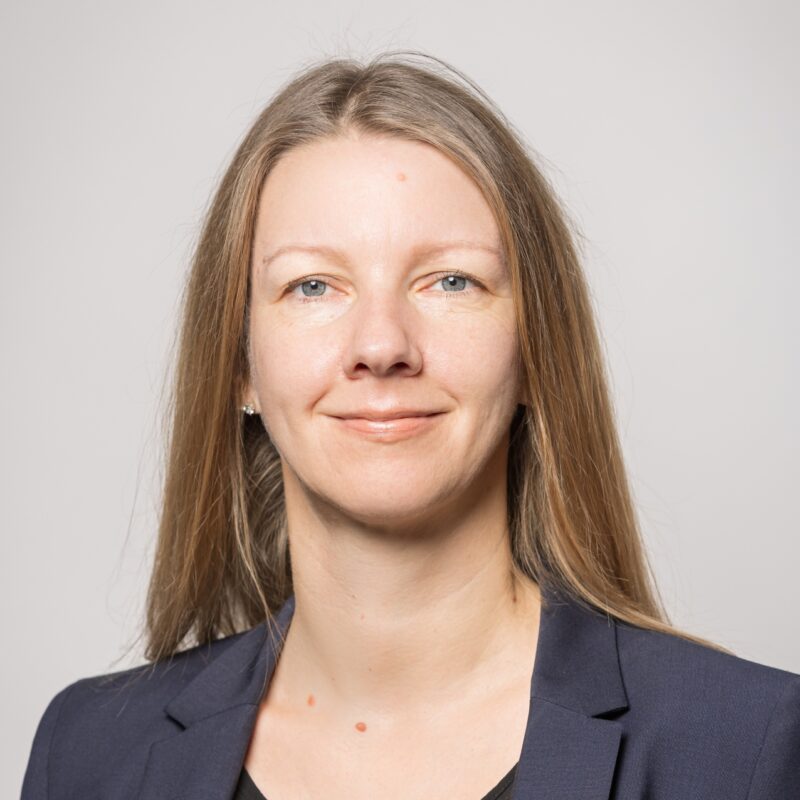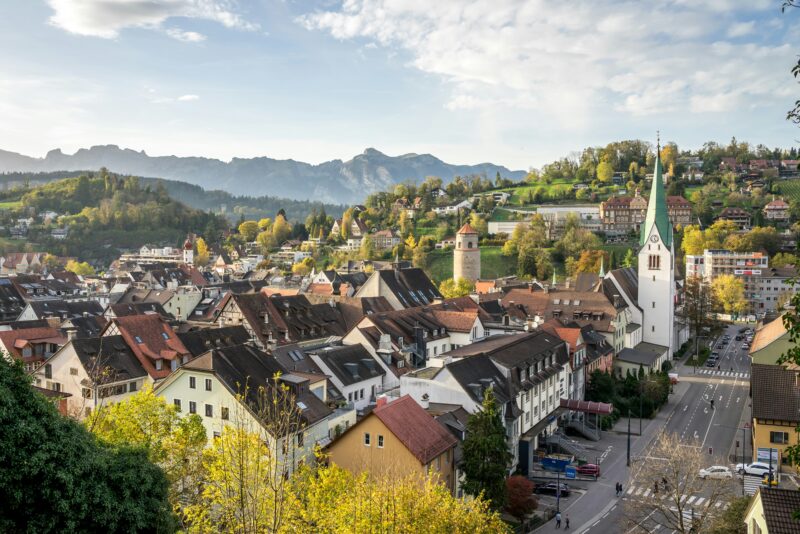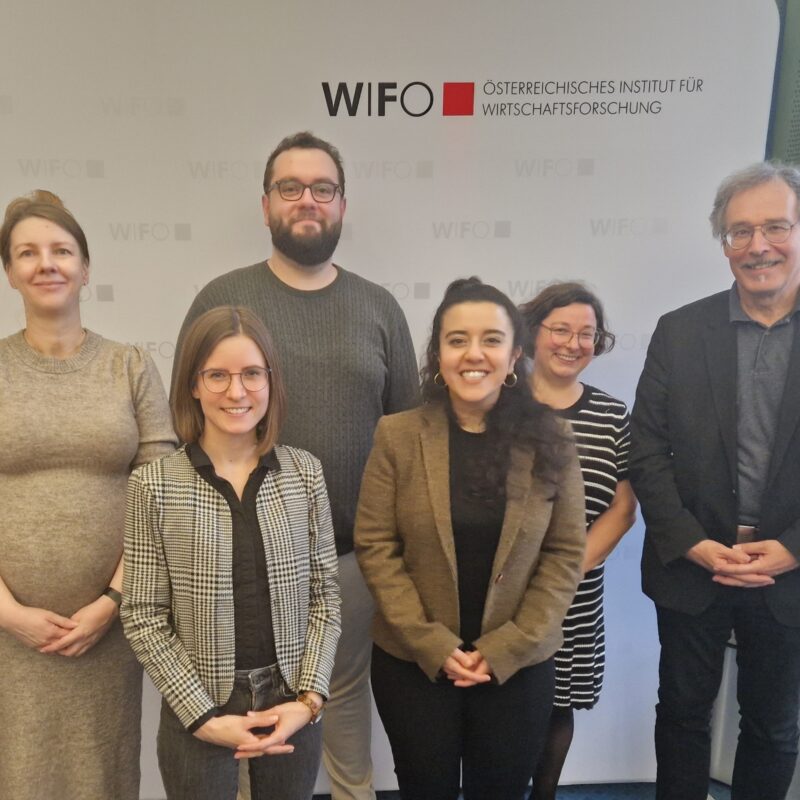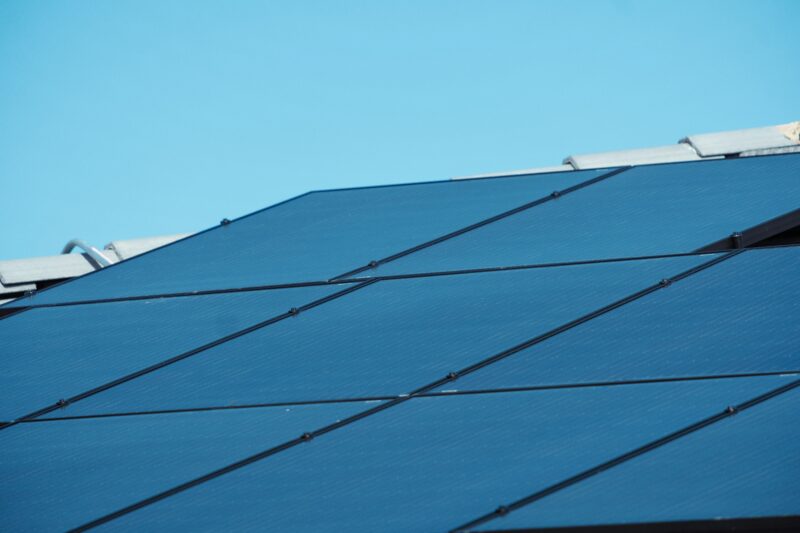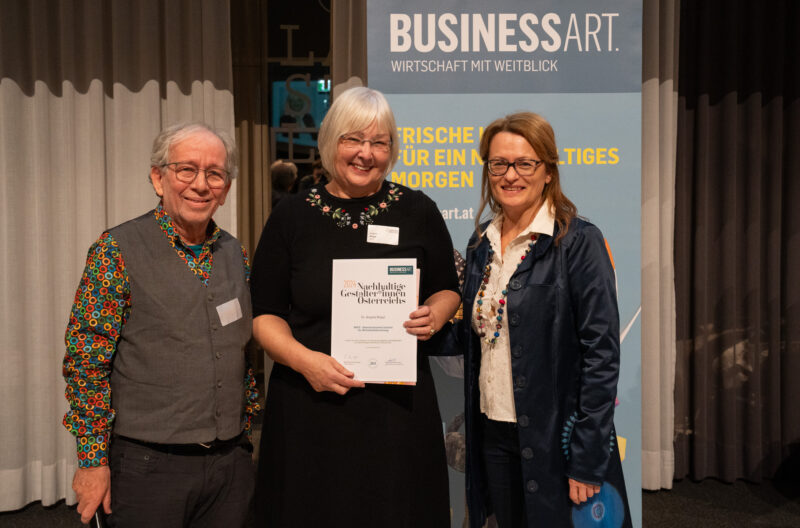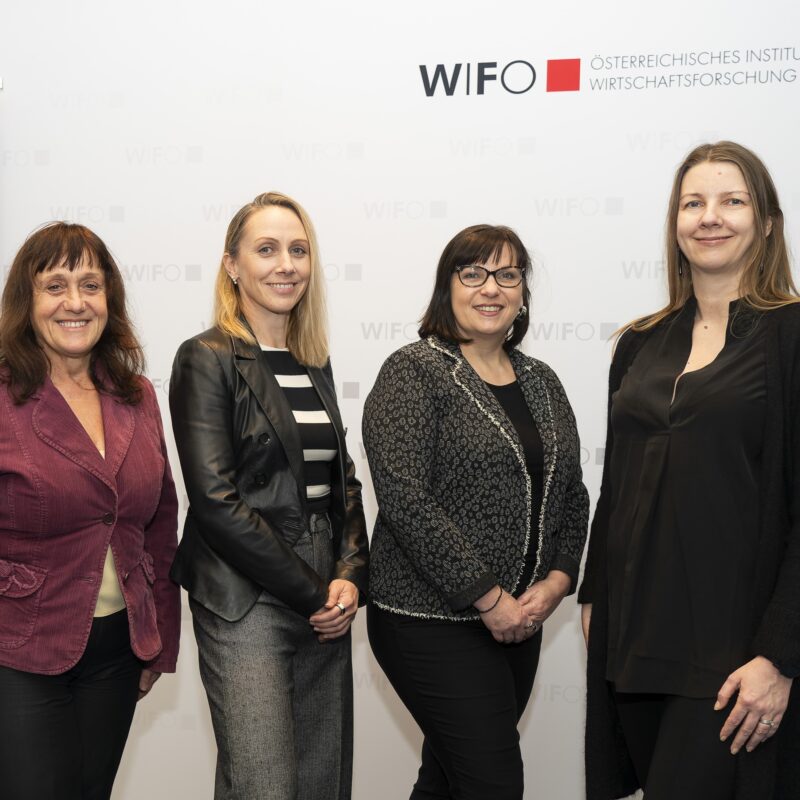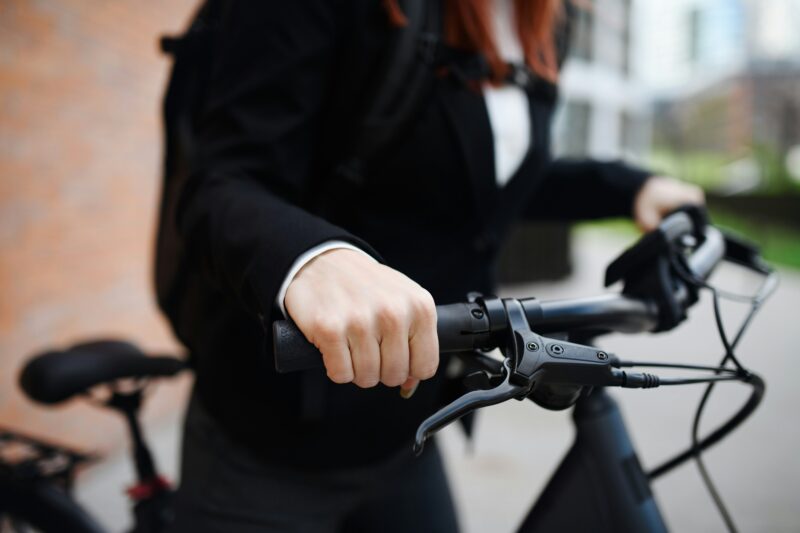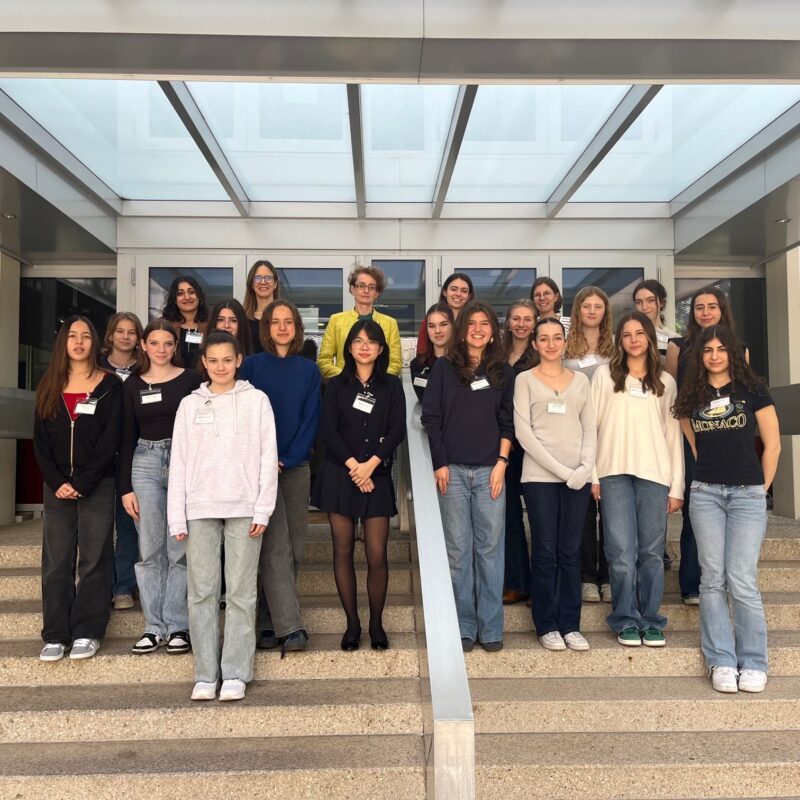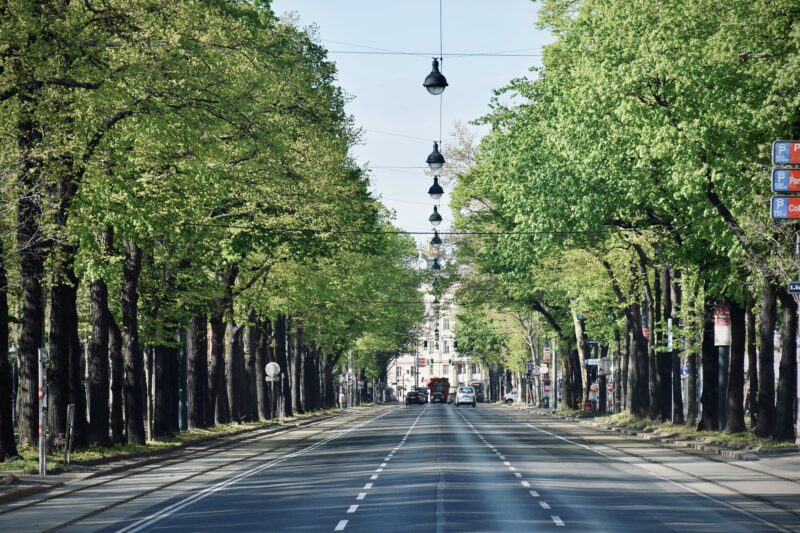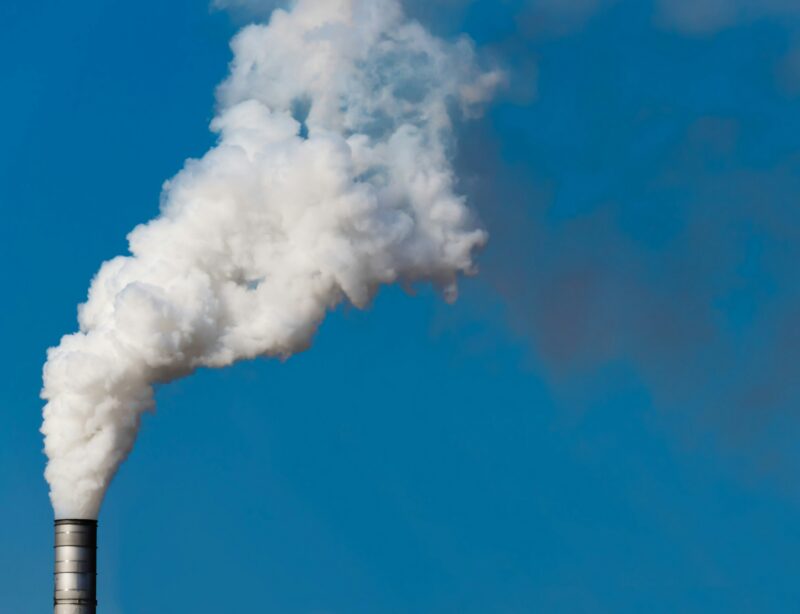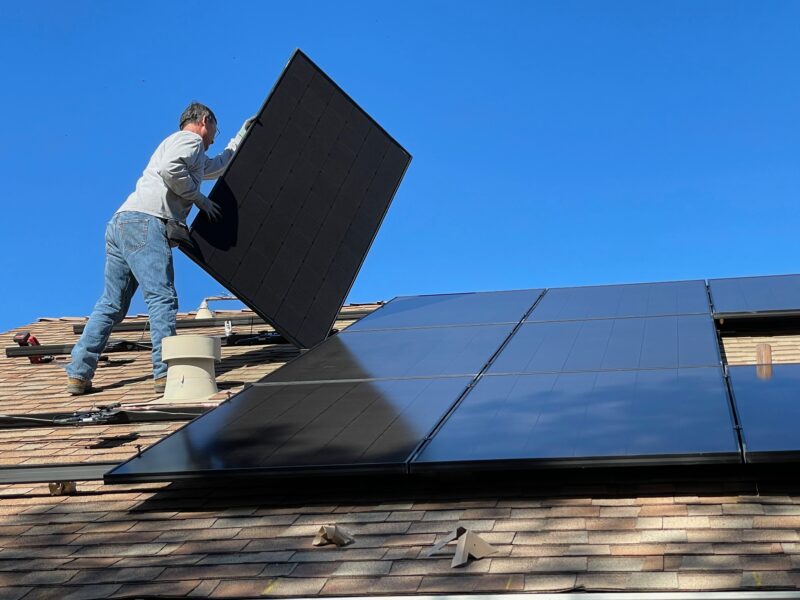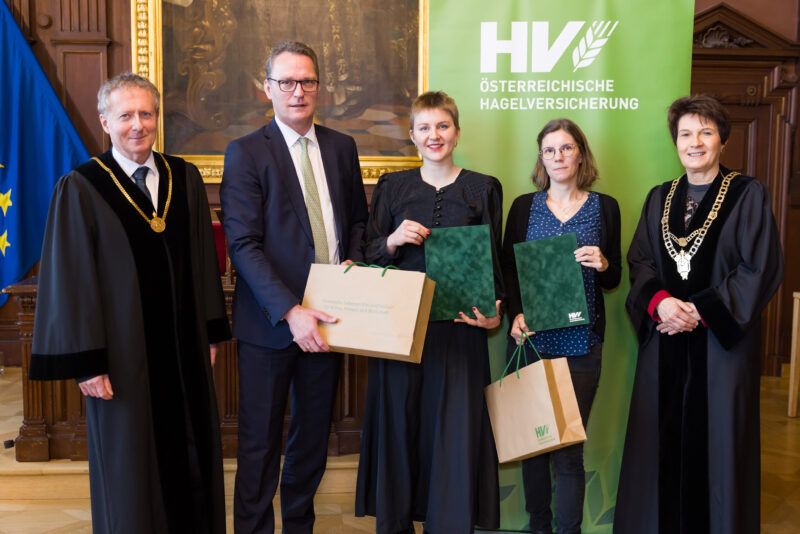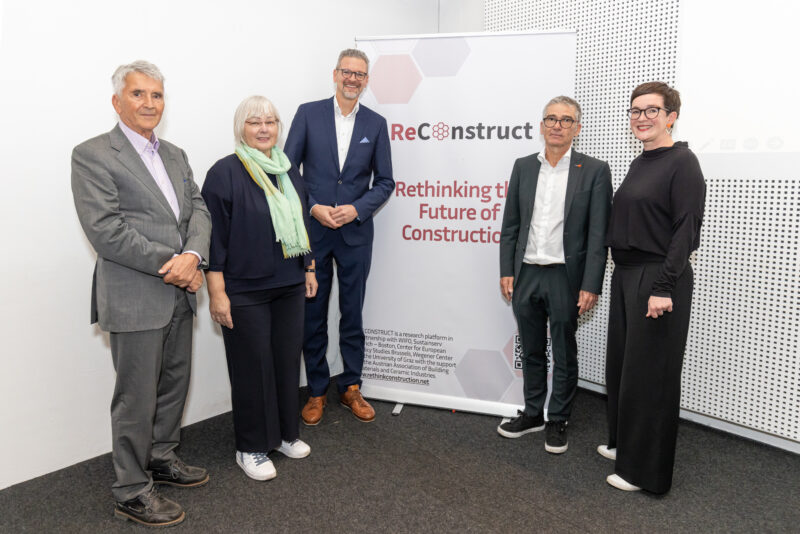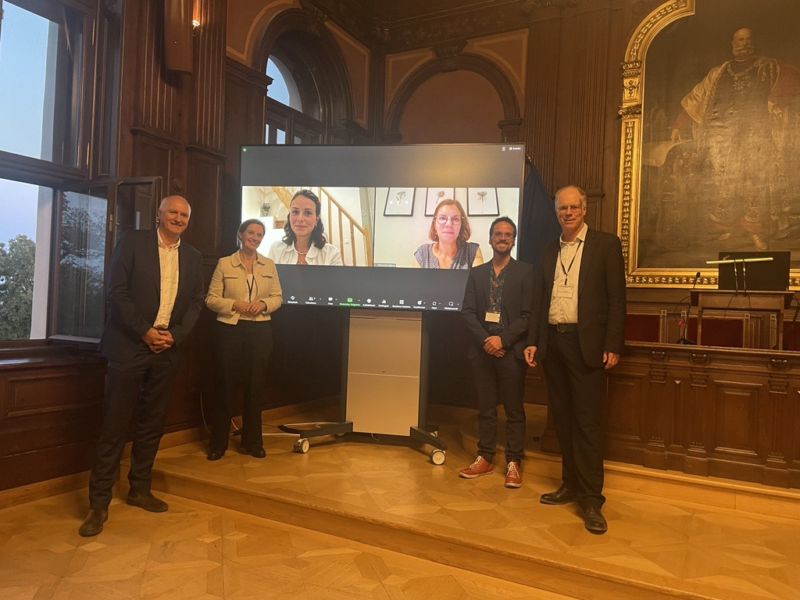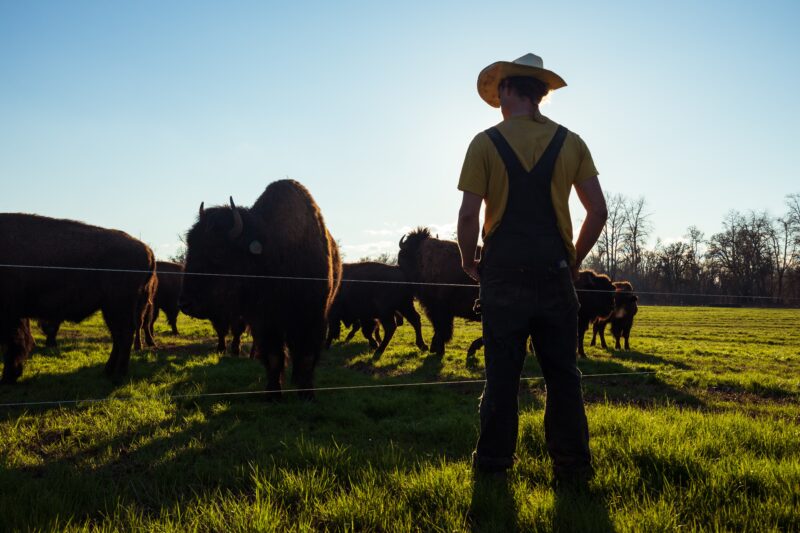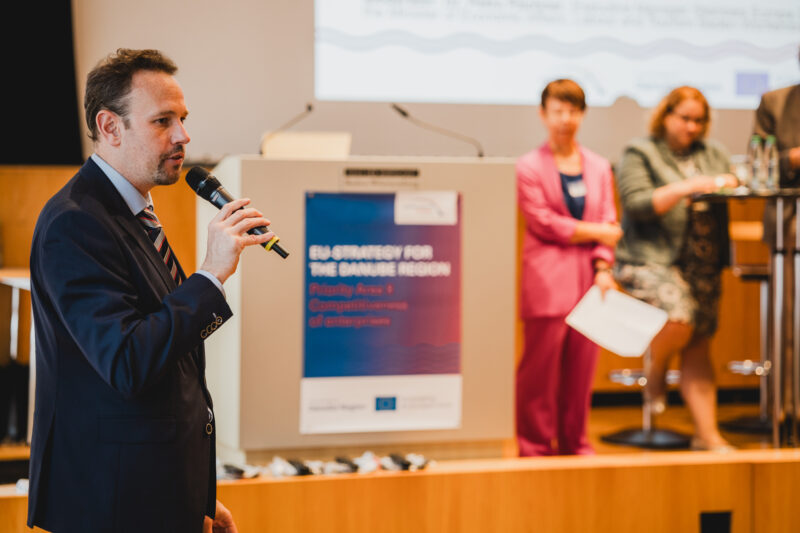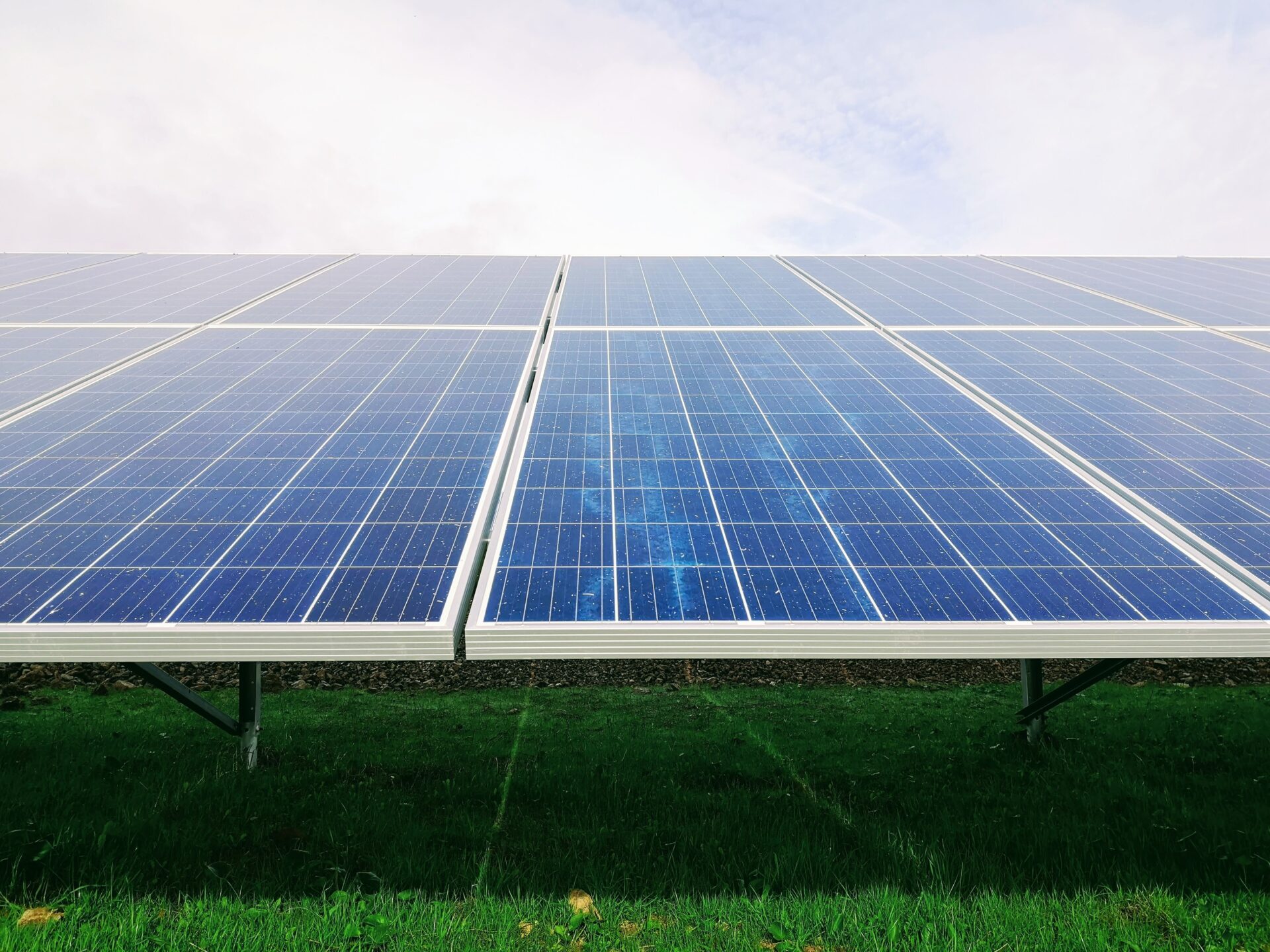
Modeling Socially Acceptable Policy Pathways for Emission Reductions
The workshop aimed at exchanging experiences on linking of models, focusing on DYNK, MARS, SERAPIS and Invert/EE-Lab used in TransFair-AT, and to discuss the planned model extensions.
In the project "TransFair-AT", the partners WIFO, University of Natural Resources and Life Sciences, Institute of Transport Studies (BOKU-IVe), University of Natural Resources and Life Sciences, Centre for Global Change and Sustainability (BOKU-gWn), Vienna University of Technology, Institute of Power Systems and Energy Economics – Energy Economics Group (EEG) and e-think energy research (e-think) analyse socially acceptable policy paths for emission reduction in the residential building and passenger transport sectors. By linking the macroeconomic model DYNK with the SERAPIS vehicle choice model, the transport demand model MARS and the building stock model Invert-EE/Lab, policy scenarios are analysed in which a complete decarbonisation of residential buildings and passenger transport in Austria is achieved by 2040. In addition, compensation measures for vulnerable groups are developed to ensure that the disposable income of disadvantaged household groups is not reduced.
During the workshop, the project team discussed the extensions and updates of the models as well as the planned procedure for model linking with selected experts. In addition to the data exchange between the models, the discussion focused on of the system boundaries for the modelling as well as the data sources used. The experts provided valuable input which will be incorporated into further project work.
TransFair-AT is funded by the Climate and Energy Fund and carried out within the ACRP programme. More information on the project as well as the workshop presentation can be found on the project website.
Please contact
